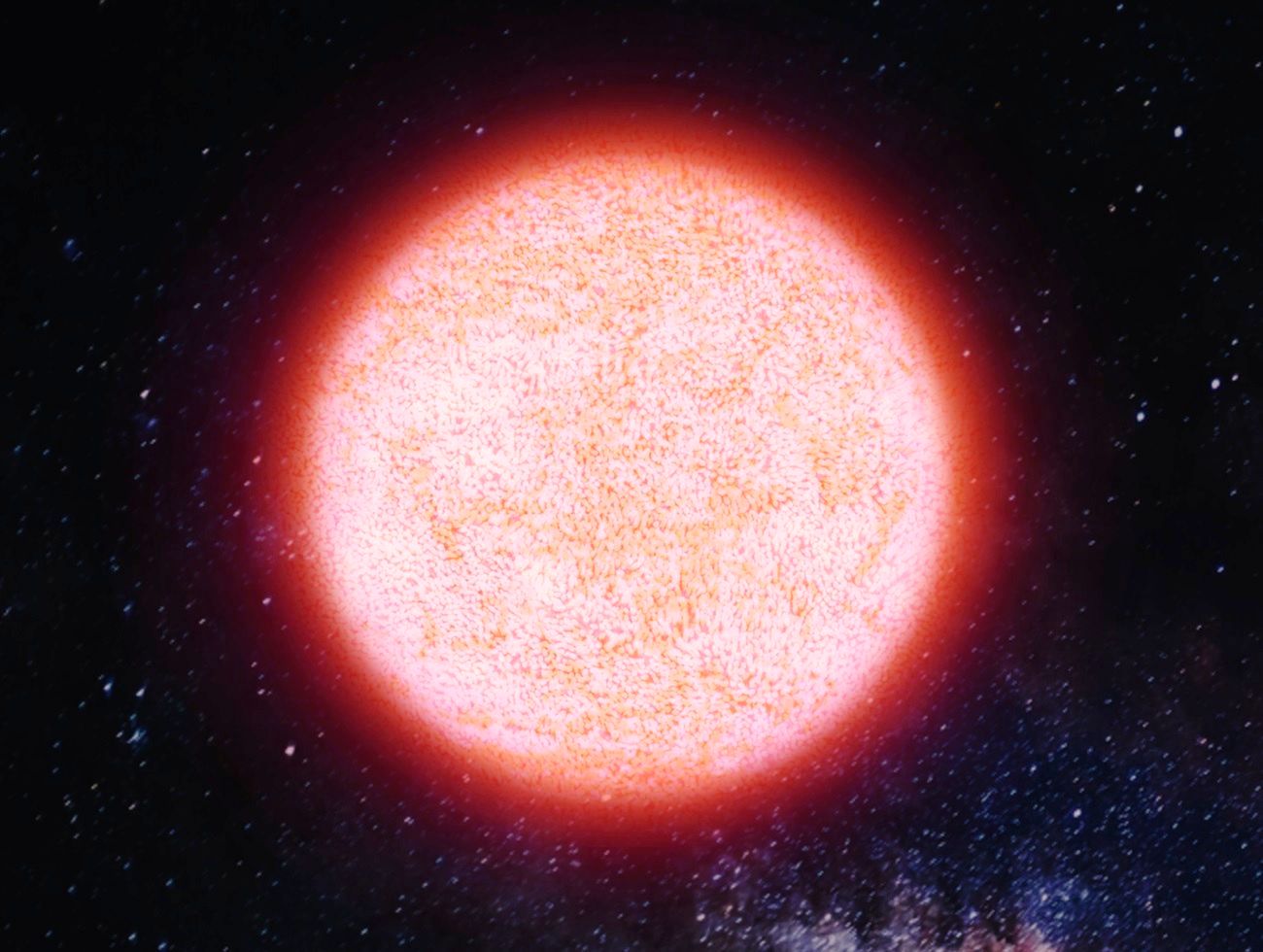
We’ve all heard and read about massive stars exploding in outer space. Have you ever imagined what a sight it would be? What would a dying star look like as it approaches the end of its journey from Earth? It’s possible that we’ll get an answer soon.
Astronomers were able to see the explosive end of a huge star live for the first time. Ground-based telescopes made it possible to see the dying of a red supergiant star in real-time for the first time. They watched the star in the NGC 5731 galaxy, which is 120 million light-years from Earth, self-destruct in a dramatic explosion and collapse in a type-2 supernova. It was 10 times the size of the Sun when it exploded.
Some stars experience violent outbursts or discharge massive amounts of gas before they die out. After burning through the hydrogen, helium, and other components in its core, it erupted. Astronomers formerly assumed that red supergiant stars were relatively tranquil before bursting into a supernova.
Astrophysical Journal published the study on January 6. It is a defining moment in the study of stars in their dying throes; the moments before they explode in disastrous eruptions.
Breakthrough: what stars do moments before they die
In a statement, lead study author Wynn Jacobson-Galán, a National Science Foundation Graduate Research Fellow at the University of California, Berkeley, said, “This is a breakthrough in our understanding of what massive stars do moments before they die.”
“Direct detection of pre-supernova activity in a red supergiant star has never been observed before in an ordinary type II supernova. For the first time, we watched a red supergiant star explode,” the author added.
Astronomers initially saw the star’s odd activity 130 days before it burst, according to CNN. The bright radiation was spotted in the summer of 2020 by the University of Hawaii’s Institute for Astronomy Pan-STARRS telescope. The researchers saw a supernova at the same location later that year. When the star erupted, there was material surrounding it, according to their observations.
Astronomers hope to use the findings to explore the universe for more stars emitting radiation. Also, to determine if they herald a star’s impending death. The properties of stars inextricably link to the properties of planetary systems. As a result, astronomy is the center of the study of the birth, life, and death of stars.
